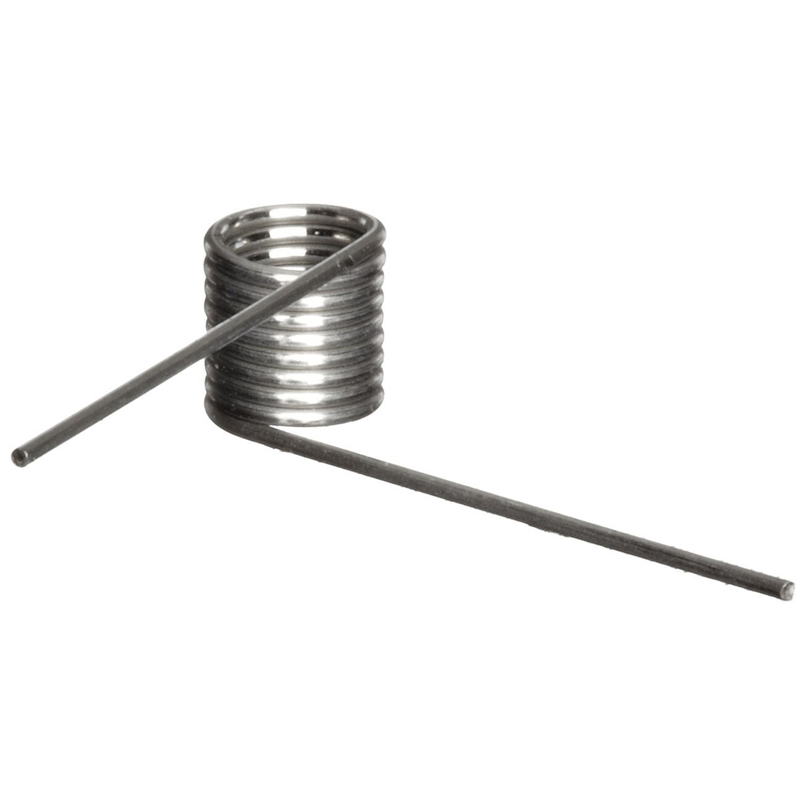
- Mobile Phone
- +8613931874955
- sales@cntcmetal.com
galvanized iron binding wire
Understanding Galvanized Iron Binding Wire Applications and Benefits
Galvanized iron binding wire is a versatile product widely used in various industries due to its strength, durability, and resistance to corrosion. This wire is specifically designed to bind or tie different materials together securely, making it an essential component in construction, agriculture, and fencing applications. In this article, we will explore the characteristics, manufacturing process, applications, and benefits of galvanized iron binding wire.
Characteristics of Galvanized Iron Binding Wire
Galvanized iron binding wire is made from mild steel that is coated with a layer of zinc to prevent rust and corrosion. The galvanization process typically involves either hot-dipping or electroplating, where the iron wire is immersed in molten zinc or coated with a thin layer of zinc, respectively. This protective coating gives the wire its characteristic shiny appearance and increases its lifespan, making it suitable for outdoor use.
The wire is available in various diameters and tensile strengths, allowing it to meet the specific needs of different applications. Common diameters range from 0.5 mm to 4.0 mm, and it can be produced in coils or straightened and cut lengths. The flexibility and workability of galvanized iron binding wire make it easy to twist, bend, and shape according to the requirements of the task at hand.
Applications of Galvanized Iron Binding Wire
1. Construction Industry One of the primary uses of galvanized iron binding wire is in the construction sector, where it is often employed to tie rebar and mesh for concrete reinforcement. It helps to secure these materials in place, ensuring structural integrity and safety in buildings, bridges, and other infrastructures.
2. Fencing Galvanized wire is commonly used for fencing applications, as it provides a strong and durable barrier against intruders or animals. Whether it's for agricultural purposes, residential properties, or commercial establishments, galvanized binding wire is used to secure fencing materials like chain link or barbed wire.
3. Agriculture In the agricultural sector, galvanized iron binding wire is widely used for tying plants, supporting trellises, and securing fencing around farms. It assists farmers in organizing crops, ensuring optimal growth and yield, while also providing safety for livestock.
galvanized iron binding wire

4. Crafts and DIY Projects The flexibility and durability of galvanized iron binding wire make it a popular choice for crafting and DIY enthusiasts. Whether for creating decorative pieces, assembling materials, or repairing items, this wire offers a reliable solution.
Benefits of Using Galvanized Iron Binding Wire
The advantages of galvanized iron binding wire are numerous
- Corrosion Resistance The zinc coating protects the wire from moisture and environmental factors, significantly extending its lifespan and reducing the need for frequent replacement.
- Strength and Durability Galvanized iron binding wire exhibits high tensile strength, making it suitable for heavy-duty applications. Its durability ensures that it can withstand both tension and shear forces without easily breaking.
- Versatility The wire can be used in a wide range of applications, allowing for multifunctional use in different industries, from construction to agriculture.
- Cost-Effectiveness Due to its long lifespan and low maintenance requirements, galvanized iron binding wire proves to be a cost-effective solution in the long run.
Conclusion
In summary, galvanized iron binding wire is an essential material in various sectors, thanks to its unique properties and benefits. From ensuring structural integrity in construction to providing security in fencing, it serves a myriad of functions that make it invaluable. Understanding its characteristics and applications can help individuals and businesses make informed decisions when selecting materials for their projects. Whether for professional use or personal endeavors, galvanized iron binding wire remains a reliable choice that balances performance with cost-effectiveness.
share:
-
Your Source for Concrete Wall Ties and Masonry AccessoriesNewsJul.10,2025
-
Unlocking the Power of Iron Wire for Every ProjectNewsJul.10,2025
-
Explore Advanced Chain Wire and Stainless Steel Mesh FencingNewsJul.10,2025
-
Discover the Benefits of Annealed Wire ProductsNewsJul.10,2025
-
Discover China Stainless Steel Wire Mesh SolutionsNewsJul.10,2025
-
Build with Confidence Using High-Performance Masonry AccessoriesNewsJul.10,2025
-
Why Sacrificial Formwork Is Redefining Underground ConstructionNewsJun.06,2025



















